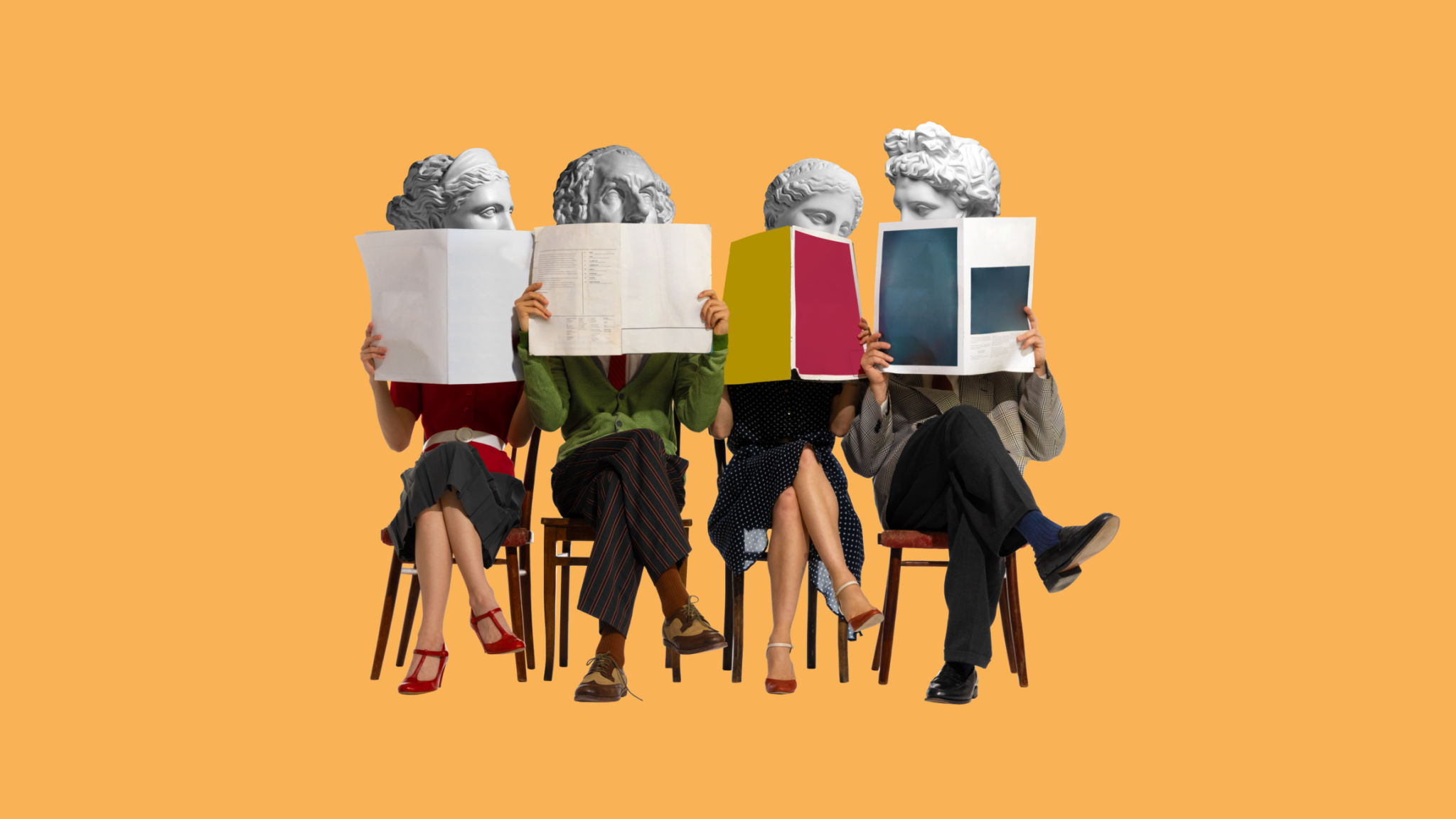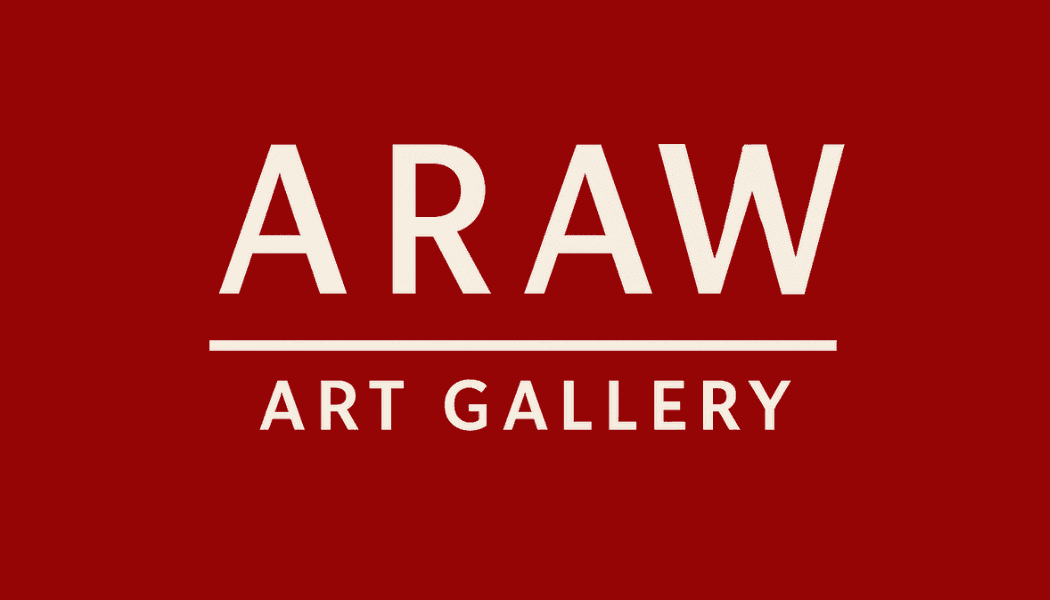A Guide to Understanding Art Styles and Movements
Introduction to Art Styles and Movements
Art, in its many forms, is a reflection of society, culture, and individual expression. Over centuries, various art styles and movements have emerged, each with its unique characteristics and philosophies. Understanding these styles can enhance our appreciation of art and provide deeper insights into the times and contexts in which they were created.

Exploring Classical Art
Classical art is rooted in the traditions of ancient Greece and Rome. This style emphasizes harmony, proportion, and balance, often portraying the idealized human form. The classical period laid the foundation for many subsequent art movements, with its influence seen in Renaissance art centuries later.
Renaissance art, which flourished in Europe from the 14th to the 17th century, revived classical ideals and techniques. Artists like Leonardo da Vinci, Michelangelo, and Raphael explored perspective, anatomy, and light to create lifelike representations. The Renaissance was a period of great innovation, characterized by a renewed interest in science, exploration, and humanism.
The Rise of Modern Art
The late 19th and early 20th centuries saw the emergence of modern art, a period marked by a break from tradition. Artists began experimenting with new techniques and perspectives, seeking to express emotions and ideas rather than replicate reality. Movements like Impressionism, with artists like Claude Monet and Edgar Degas, focused on capturing light and movement through bold brushstrokes.

Cubism, pioneered by Pablo Picasso and Georges Braque, revolutionized the way we perceive form and space. By depicting subjects from multiple angles simultaneously, Cubism challenged conventional perspectives and paved the way for abstract art.
The Diversity of Contemporary Art
Contemporary art encompasses a wide range of styles and practices that have developed from the mid-20th century to today. This era is characterized by its diversity, with artists exploring various media and concepts. Abstract Expressionism, for example, emphasizes spontaneous, automatic, or subconscious creation and is represented by artists like Jackson Pollock and Mark Rothko.

Pop Art emerged in the 1950s as a response to consumer culture, blending high art with popular culture. Artists like Andy Warhol used imagery from advertising and mass media to critique societal norms. Today, contemporary art continues to evolve, reflecting global issues and technological advancements.
Understanding Art's Impact
Art styles and movements not only influence the visual arts but also impact literature, music, architecture, and design. They offer insights into the intellectual currents of their times and encourage us to question our perceptions. By studying these movements, we can better appreciate the rich tapestry of human creativity and innovation.
Whether you're a seasoned art enthusiast or a curious beginner, exploring different art styles can be an enriching experience. It allows us to connect with different cultures and historical periods while inspiring our own creative journeys.
